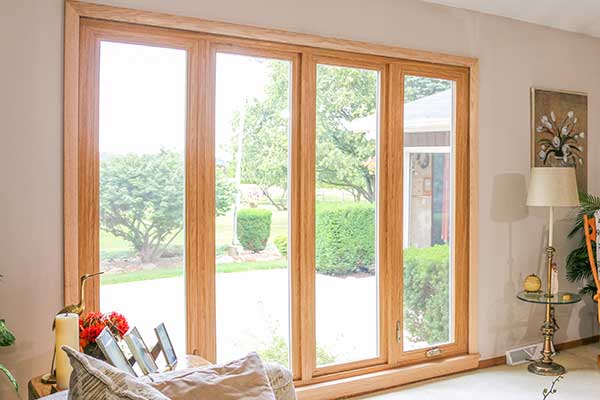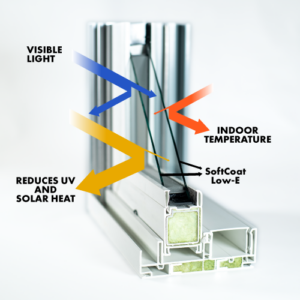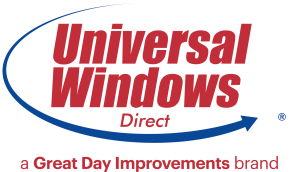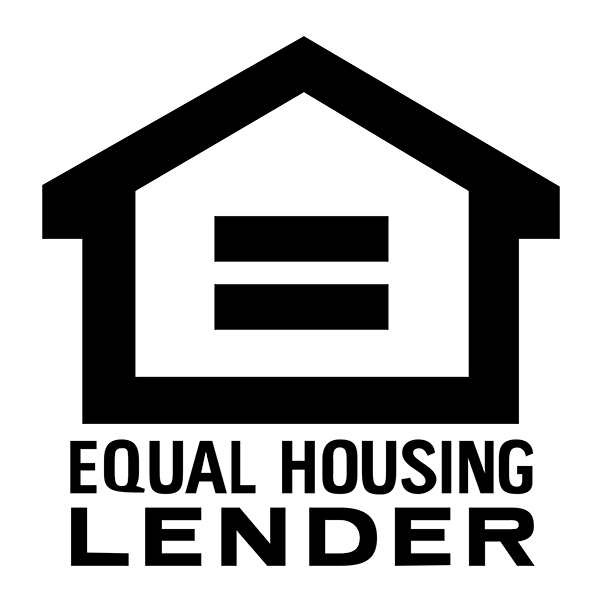Low E Glass: What Is It, and What Are the Benefits, Is It Worth It?
Your home’s windows improve the view and allow natural light in, adding beauty to your home. Along with the light, windows can also be a significant source of heat transfer and drive home energy costs up. In fact, 76% of the sunlight that falls on standard double-paned windows can enter the home, impacting cooling costs. Homeowners can use many techniques to mitigate the effects of sunlight on energy costs, including installing heavy drapes and blinds. However, these methods also block out most of the light and the view. Fortunately, homeowners can install a type of glass that can deliver beautiful light and views while simultaneously reducing heat transfer. This kind of glass is called Low Emissivity, or Low E glass.
Many of our clients at Universal Windows Direct are curious about Low E glass, and we’ve compiled a list of frequently asked questions and essential information you should know when considering whether Low E glass is right for you.

1. What is Low E Glass?
Low E stands for “Low Emissivity” glass. It is a clear glass that has been treated with an invisible metallic oxide coating. This coating can significantly reduce the amount of heat and ultraviolet (UV) and infrared light that enters a home. In addition, the metallic oxide coating can reflect cooler, more stable indoor temperatures into the house, further increasing temperature stability and reducing the strain on your heating, ventilation, and air conditioning (HVAC) system.
2. How Does Low E Coating Work?
There are two types of coating used to create Low E glass. Pyrolytic, or hard-coat glass, gets its coating during the glass production and is exceptionally durable. However, this type of Low E glass may not be as comfortable during the summer months—pyrolytic glass is a much more practical choice in extremely cold environments with cool to mild summers.
Universal Windows Direct uses soft-coat technology applied to pre-cut glass. The coated glass is sealed to ensure the coating remains intact and durable for many years. Soft-coat is the best choice for solar (sun) control.
The metallic oxide coating on Low E glass is not visible. In fact, it’s thinner than a human hair and is non-toxic. The coating allows the light that human eyes can see to pass through the glass while reflecting the heat back. Essentially, Low E glass acts like a mirror for infrared and ultraviolet light but behaves like glass for light we can see.
Many people want to know if they can apply a Low E coating to their regular glass windows. Low E films are available on the market that an installer or the homeowner can install. These films often quickly lead to disappointment and frustration, as they are easy to damage and more visible than Low E glass.

3. What Does Emissivity Mean and Why Is Emissivity Important?
In thermal engineering, the emissivity of a material surface is its effectiveness in emitting energy as thermal radiation, compared to a completely black surface. In the case of Low E glass, the goal is to reduce emissivity, so there is less thermal energy radiation. Less thermal energy radiation means less heat transfer and better insulation. Low E glass delivers high light transfer and low heat transfer.
4. What Are the Benefits of Choosing Low E Windows?
Low E glass benefits homeowners and impacts energy bills year-round. For example, in warm weather, Low E glass reflects both the heat from outside as well as harmful UV rays. As the seasons change and the weather cools outside, it can also help homes retain warmth from the heating system, preventing it from escaping outside.
Another problem homeowners frequently encounter during colder weather is condensation. The cold air outside meets the warm air inside, creating the right conditions for condensation—water droplets—to form inside the home, on the glass. Excess condensation over time can even damage the window casing. Fortunately, Low E can minimize or even eliminate this frustrating problem.
Finally, Low E glass extends the life of your furniture, floors, and interior fabrics. Because of the metallic oxide coating that reduces the number of harmful UV rays entering through the window, curtains, couches, throw pillows, and even floors and nearby furniture retain their original beauty for much longer.
5. How Do Low E Windows Save You Money?
The average home wastes between 25-30 percent of the energy used to heat and cool the home through regular windows. Low E windows last many years, so they offer significant energy cost savings year over year.
Some homeowners think they can install regular windows and add a Low E window film themselves. These do-it-yourself window films never last as long as professionally built and installed Low E window glass because it is so easy to damage the DIY film.
Additionally, remember that Low E glass blocks harmful and damaging UV rays. Your upholstery, pillows, floors, furniture, and curtains will last longer and are less likely to fade. You’ll save money by not having to replace worn and damaged home items as often.
Also, consider the wear and tear on your heating and cooling units. With regular windows, you’ll likely have to run your air conditioner or heater for much longer. When these units operate for long periods of time, the components wear out faster, meaning you’ll have to call a technician more often for maintenance and repairs. When one component of your home is more energy-efficient, it can affect many other parts of your home.
6. Is Low E Glass Worth the Investment?
Many homeowners find it challenging to decide between the lower initial cost of regular window glass versus the higher upfront cost of Low E glass. But when you list all of the cost savings and benefits of installing Low E glass, you’ll see a huge difference. Low E glass simply offers a higher return on your investment than regular glass based on the heating and cooling cost savings alone—and in many areas, energy costs are only going up each year.
Potential homebuyers are increasingly focused on energy-efficient homes. They’re thinking beyond the mortgage to the other costs of owning a home, including energy costs. Energy-efficient windows are a valuable addition to a house, and buyers are indicating they’re willing to pay more for a feature like Low E glass that will help them to reduce their carbon footprints.
Switching to Low E windows could allow you to take advantage of rebates and tax incentives because Low E windows meet Energy Star requirements. And not only could you qualify for a tax credit, but your local utility, city, or state may offer rebates and incentives as well.
Finally, Low E glass windows help to create a more comfortable home. You’ll find yourself adjusting the blinds, curtains, and thermostat far less often. Additionally, it can reduce the amount of ambient noise in the home because the noisy heating and cooling systems won’t have to work as hard.
Should I Install Low E Glass Windows in My Home?
Low E glass is a highly desirable window choice that provides beautiful, cost-effective replacement windows. And soft-coat, Low E glass is durable. You can clean your windows with total confidence that the coating will remain intact since it is sealed between the glass layers and cannot be wiped off or scratched. Remember, cheaper Low E films are easily scratched and damaged and far less effective over time.
Getting consistently lower heating and cooling bills will bring a smile to your face. Low E glass can eliminate heat transfer and significantly reduce heat loss by as much as 50 percent. During the summer, you won’t have to shutter and shroud every window to get relief from the intense summer sunshine. Your Low E glass windows will block both heat and harmful ultraviolet rays, protecting you, your furniture and fabrics.
More energy-efficient windows can help other systems and appliances run more efficiently in your home. Because the coating on Low E windows deflects heat away from the window and simultaneously reflects the internal temperature back into the home, your heating and cooling systems suffer more minor wear and tear. You may find that you are calling your technician less often for maintenance and repairs.
If you’re considering installing or replacing your windows, you might be surprised at the choices available to you. Low E glass offers multiple benefits, and there are many options for customers to choose from. Whether you’re investing in your forever home and want to make it efficient and comfortable, or you’re thinking about the future and the possibility of selling, Low E glass is an intelligent choice. New Low E windows can be both energy efficient and aesthetically pleasing and made to fit your decor and personal style.
We service many multiple locations such as: Baltimore, Charlotte, Chicago, Cleveland, Columbus, Indianapolis, Milwaukee, Louisville, Pittsburgh, St. Louis and more!
Talk to the professionals at Universal Windows Direct to find out more about Low E glass today.


